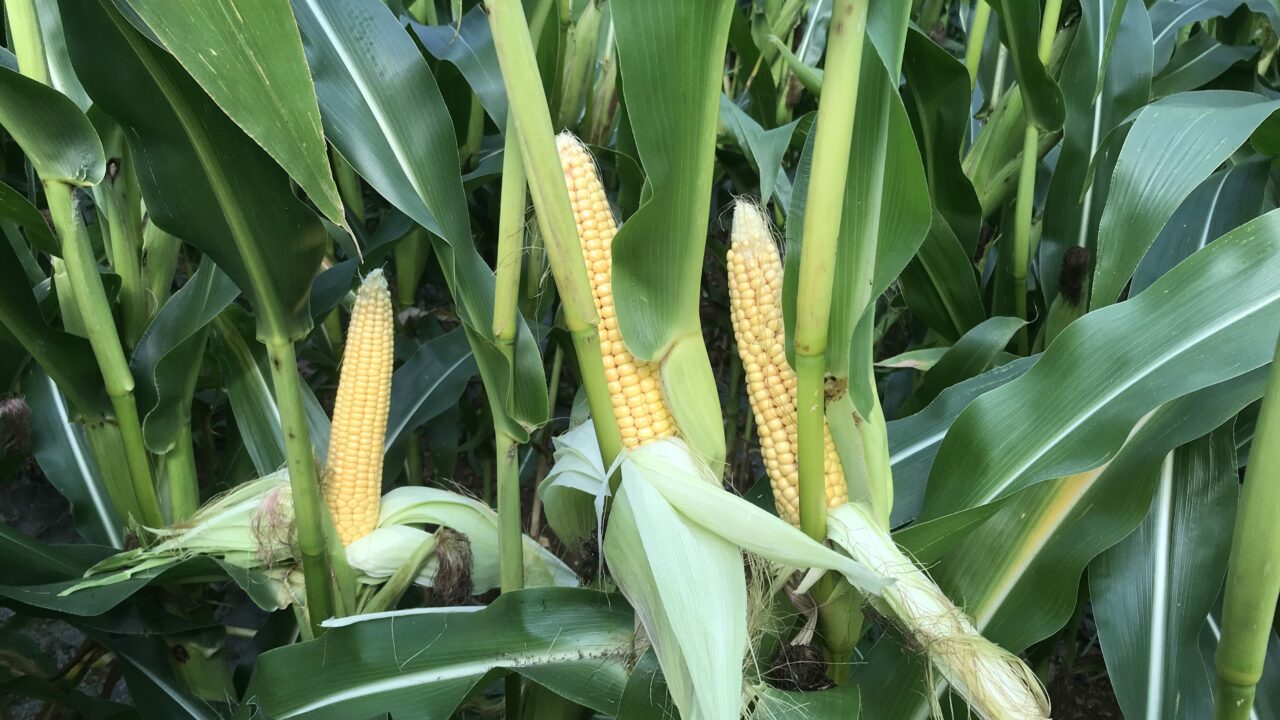Maizetech is confirming an approximate 25% increase in the sale of maize seed, year-on-year. And crops are looking well.
The company’s John Foley is attributing this trend in sales, partly, to the decision taken by many tillage farmers to opt for maize, as opposed to spring barley, in 2023.
“The tipping point came during the first half of May. At that stage, many growers felt that it was getting too late to plant barley, so they decided to push on with maize,” he said.
“And, in the vast majority of cases, this proved to be the right decision to make.
“Maize crops got off to the perfect start. They were not impacted at all by the very warm and dry conditions that characterised the month of June. The rain of recent weeks has also helped to boost crop growth further.”
According to Foley, maize crops are now entering a critically important growth stage.
“It’s all about pollination, which is happening right now,” he stressed.
“Sometimes, heavy ran can have a negative impact on pollination rates. But up to now, it’s been a case of so far-so good.”
Advantages of maize
A key advantage enjoyed by Irish growers is the fact that maize crops grown in this country are not subject to any form disease pressure at all.
“Crops grown in coastal areas can be subject to a disease called leaf spot. The salt air may be a factor here. But the issue is very sporadic in nature and is never an issue on crops grown inland,” Foley added.
Meanwhile, the switch to the new compostable films – used when planting crops of maize – has been a success.
Growers are reporting the almost complete disappearance of the material at this stage, both above and below ground.
“There is also evidence to the effect that the new films are acting to boost the early stages of crop growth,” Foley continued.
“It usually takes 70 to 75 days between the tasseling of maize crops and final harvest.
“On that basis we are looking at the last week of September as a cutting date for the first crops of maize harvested in Ireland this year.”
Looking to the future, John Foley sees the opportunity to expand the area of maize and many other crops grown in Ireland.
“These opportunities will be specifically linked to the envisaged growth in anaerobic digestion (AD) technology as a renewable energy source,” he explained.
“Within this scenario, the potential to grow more maize, beet, rye, triticale, wholecrop wheat and other energy crops is obvious.
“Tillage farmers will also benefit from the use of the AD digestate that becomes available to them.”
